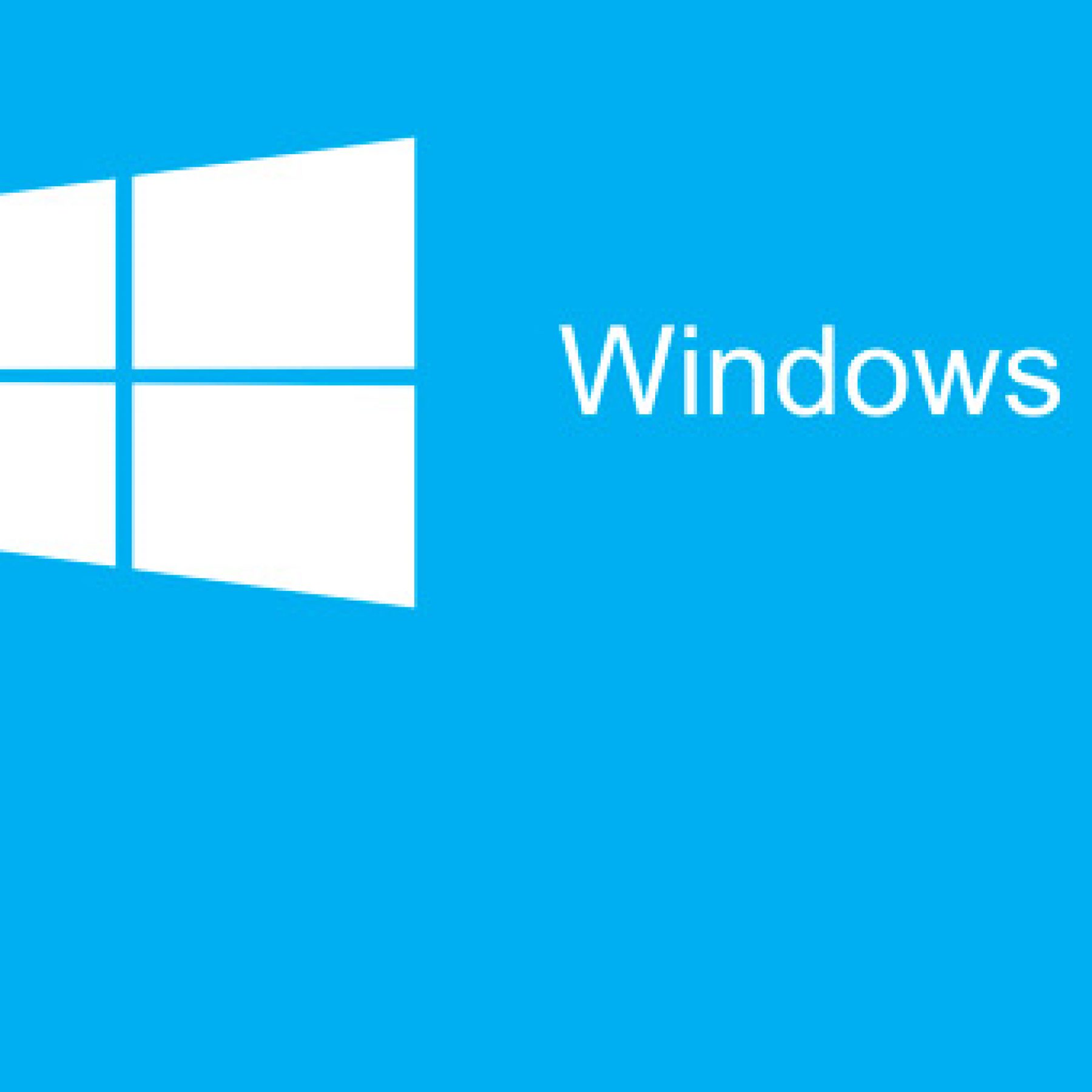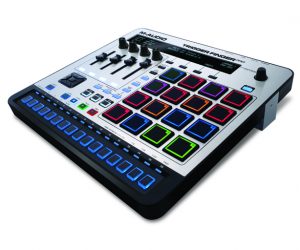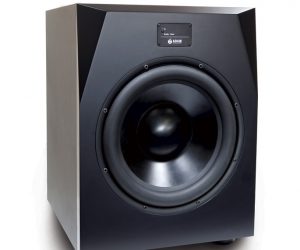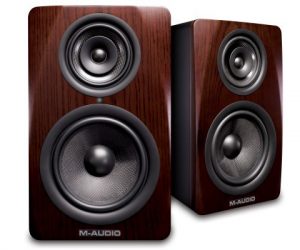
PC AUDIO 111
Microsoft Windows 10 — is it safe to take the plunge?
Column: Martin Walker
Well it’s here, it’s (for most of us) free of charge, and if your PC is currently running Windows 7 or 8, you’ve probably also had a little window icon pop up on your Taskbar to remind you about it. It is of course Microsoft’s Windows 10 operating system, which I first discussed back in AT105. The reason for the jump from Windows 8 to 10 is still a bit of a mystery, but the Start button is back (hooray), and the emphasis is on a single operating system that runs on everything from your Windows mobile phone to your airconditioned control room full of audio servers.
The Windows 10 scrolling Start menu now incorporates an extra pane of Windows 8-style tiles housing live apps, although you can switch these off if not desired. A new Cortana ‘digital assistant’ (first seen on Windows Phone 8.1) helps you track down info both inside your PC and online, and her interactive AI personality will no doubt cause HAL-loving aficionados to swoon, although so far I’m proving immune. The new Edge browser largely supersedes Internet Explorer, while the Task View simultaneously displays all your currently open windows until you pick one to be in the foreground, and virtual desktops let you set up pre-designed app groupings. The Action Center pops up incoming notifications as they arrive and archives them all, while the new Mail, Calendar and Photos apps also seem very popular.
These new features are all great fun, but as a musician my main interest is of course audio and MIDI recording/playback. Audio PCs work at their best when they concentrate on this one activity, without being interrupted by talking digital assistants and a host of incoming notifications from the Internet. Moreover, most musicians rely on low latency audio and MIDI streaming, so any slight timing changes at a low level can clobber our ultimate performance quite easily. Industry pundits are saying that under the hood Windows 10 is very similar to Windows 7 and 8, so if you have an office or other mainstream application that runs under either of these operating systems it’s almost guaranteed to run on Windows 10 as well. With DAWs it’s another matter entirely.
UNDER THE HOOD
With Windows 10, Microsoft announced significant improvements to their Audio Core coding, resulting in lower latency for both WDM and WASAPI. These formats are beloved by Cakewalk Sonar users, but the vast majority of PC musicians using other DAWs still rely on Steinberg’s ASIO drivers to run their audio interface hardware with very low latency. First introduced by Steinberg in the late 1990s, ASIO minimises the potential delays by talking directly to the soundcard at a lower level than normally used by the operating system, using specially written driver software. Windows 10 MIDI also introduces a new MIDI API that provides lower, jitter-free MIDI latency as well as multi-client operation (so several apps can access your MIDI interface simultaneously).
We now have a situation where a lot of low-level audio and MIDI code in Windows 10 has been altered, which in turn provides plenty of opportunities for existing apps to fall prey to a variety of performance and timing ‘issues’. Here are a few examples. As I write this, Steinberg recommend that you don’t upgrade to Windows 10 if running any of its Cubase/Nuendo range of products, while its range of hardware audio interfaces are also affected by ‘Issues with sample rate changes’. Roland’s range of audio interface hardware and drivers are largely compatible with Windows 10, although some (mostly MIDI-based) products are not compatible and apparently never will be. Avid (the makers of Pro Tools) have announced that, “Avid has not completed qualification of Windows 10 and strongly recommends customers DO NOT upgrade to this OS version until qualification is complete. There are also known issues with the current shipping versions of some of our products that will need to be addressed prior to qualification.” Currently Native Instruments does not recommend updating to Windows 10 “until all systematic tests are completed and full compatibility is confirmed for our products”, which is a polite way of saying you’re on your own if anything goes wrong.
TIMING IS EVERYTHING
Admittedly, problems like these are nothing new to musicians – the first time I wrote a magazine article explaining how to optimise PC MIDI and Audio timing was way back in 1998. I went on to explore in depth the real-world MIDI jitter problems that resulted in sloppy drum machine timing, and nearly 10 years later in 2007 I was still having to explain in print the arcane mysteries of PC system timestamp to resolve MIDI timing problems! So, what’s happening with Windows 10 is no surprise to me, or to other PC audio specialists. Having said that, Cakewalk’s WDM-friendly Sonar has tested 100%-compatible with Windows 10, and managed to run at lower latency than under Windows 7 and 8. A raft of musicians have already taken the plunge with other DAWs and their anecdotal evidence suggests no problem areas at all (although I’d hazard a guess that their MIDI timing may be a little awry!). A few musicians who took the Windows 10 plunge early on and ran into DAW problems have seemingly resolved them by resorting to the Windows 10 Compatibility Mode options, which essentially trick apps into thinking that they are running on some previous version of Windows. However, this is a long way from actually running them on the previous operating system, and is highly unlikely to resolve timing issues.
Overall, Windows 10 is obviously a worthwhile upgrade for mainstream folk, and of course it makes perfect sense if you’re buying a new PC. However, if you’re thinking of running the free upgrade on an existing PC I suggest you first visit your audio interface manufacturer to check for its Windows 10 compatibility. A few interfaces already have official statements along the lines of, ‘We are sorry but we have no plan to make it compatible with Windows 10’. Once you know your interface is okay (or if not, that you’re prepared to replace it), check with your particular DAW developer to see if 100% compatibility with Windows 10 has been specifically and officially announced. If not, and you’re running a commercial studio with paying customers, I’d hold off for the time being, at least until your DAW developer releases an update that combats any current problems. By all means upgrade other studio PCs that are not mission-critical, so you can enjoy the new bells and whistles, but the last thing you want to be doing is explaining to clients that the reason their drum machine tracks sound sloppy is due to Windows 10. What fun!

















RESPONSES